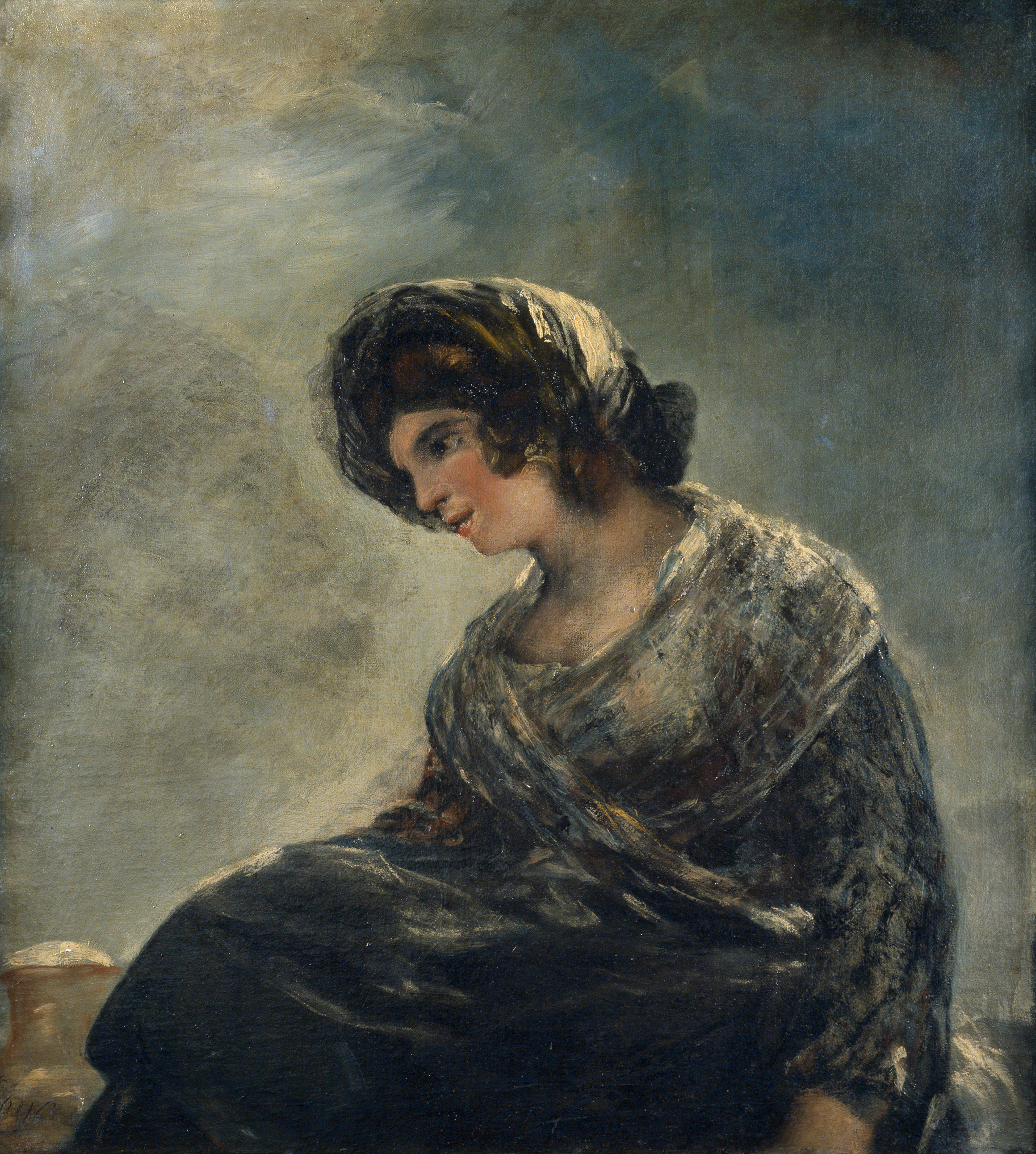Main Body
Module 3 Romanticism in Spain & France
(Goya, Ingres, Gericault, Delacroix)
France & Spain
Source: [1]
Neoclassicism and Romanticism were competing artistic movements in France and Spain in the 18th and 19th centuries.
Neoclassicism
Neoclassicism was a revival of the styles and spirit of classic antiquity inspired directly from the classical period. This movement coincided with and reflected the Age of Enlightenment, and was initially a reaction against the excesses of the preceding Rococo style. While the movement is often described as the opposed counterpart of Romanticism, this is a great over-simplification that tends not to be sustainable when specific artists or works are considered. Ingres, the supposed main champion of late Neoclassicism, demonstrates this especially well.
Neoclassicism’s Big Names
Neoclassicism in painting gained a new sense of direction with the success of Jacques-Louis David’s “Oath of the Horatii” at the Paris Salon of 1785. David became the leader of French art, and after the French Revolution became a politician with control of much government patronage in art. He managed to retain his influence in the Napoleonic period, turning to explicitly propagandistic works.
David’s many students included Jean Auguste Dominique Ingres, who saw himself as a classicist throughout his long career. This despite a mature style that has an equivocal relationship with the main current of Neoclassicism, and many later diversions into Orientalism and the Troubadour style that are hard to distinguish from those of his unabashedly Romantic contemporaries.
Profoundly respectful of the past, Ingres assumed the role of a guardian of academic orthodoxy against the ascendant Romantic style represented by his nemesis Eugène Delacroix. He described himself as a “conservator of good doctrine, and not an innovator. ” Nevertheless, modern opinion has tended to regard Ingres and the other Neoclassicists of his era as embodying the Romantic spirit of his time, while his expressive distortions of form and space make him an important precursor of modern art.

Romanticism
While the arrival of Romanticism in French art was delayed by the hold of Neoclassicism on the academies,it became increasingly popular during the Napoleonic period. Its initial form was the history paintings propagandising for the new regime. The key generation of French Romantics born between 1795–1805,in the words of Alfred de Vigny, had been “conceived between battles, attended school to the rolling of drums”. The French Revolution (1789–1799) followed by the Napoleonic Wars until 1815, meant that war, and the attending political and social turmoil that went along with them, served as the background for Romanticism.
History Painting
Since the Renaissance, history painting was considered among the highest and most difficult forms of art. History painting is defined by its subject matter rather than artistic style. History paintings usually depict a moment in a narrative story rather than a specific and static subject. In the Romantic period, history painting was extremely popular and increasingly came to refer to the depiction of historical scenes, rather than those from religion or mythology.
Théodore Géricault (1791–1824) had his first success with “The Charging Chasseur,” a heroic military figure derived from Rubens. However, his next major completed work, “The Raft of the Medusa”, remains the greatest achievement of Romantic history painting, which in its day had a powerful anti-government message.
Eugène Delacroix (1798–1863) had great success at the Salon with works like “The Barque of Dante (1822),” “The Massacre at Chios” (1824) and “Death of Sardanapalus” (1827). Delacroix’s “Liberty Leading the People”(1830) remains, with the Medusa, one of the best known works of French Romantic painting. Both of these works reflected current events and appealed to public sentiment.

Spanish Involvement
Spanish artists were also influenced by Neo-classicism and Romanticism. The Neoclassicism of the French painter David was very influential in Spain; his impact is visible in works by Jose de Madrazo (1781–1859). His son, Federico de Madrazo (1781–1859), was a leading figure in Spanish Romanticism, together with Leonardo Alenza (1807–1845), Valeriano Dominguez Becquer and Antonio Maria Esquivel. Romanticism was strongly represented during the latter part of the century in history paintings in the works of Antonio Gisbert (1834–1901), Eduardo Rosales (1836–1873) and Francisco Pradilla (1848–1921). In these works, the techniques of Realism were frequently used with Romantic subjects.
Spanish painter Francisco Goya is today generally regarded as the greatest painter of the Romantic period . However, in many ways he remained wedded to the classicism and realism of his training. However, more than any other artist of the period, Goya exemplified the Romantic expression of the artist’s feelings and his personal imaginative world. He also shared with many of the Romantic painters a more free handling of paint, emphasized in the new prominence of the brushstroke and impasto, which tended to be repressed in neoclassicism under a self-effacing finish.

Read
Voorhies, James. “Francisco de Goya (1746–1828) and the Spanish Enlightenment“. In Heilbrunn Timeline of Art History. New York: The Metropolitan Museum of Art, (October 2003).
Watch these videos
Ingres “La Grande Odalisque”
[Smarthistory > Art in the 19th Century Europe > Romanticism > France > Ingres, La Grand Odalisque]
1814, Oil on canvas, 36″ x 63″ (91 x 162 cm), (Musée du Louvre, Paris)
Théodore Gericault “Raft of the Medusa”
[Smarthistory > Art in the 19th Century Europe > Romanticism > France > Gericault, Raft of the Medusa]
Oil on canvas, 193 x 282 inches, 1818-19 (Musée du Louvre, Paris).
Speakers: Dr. Beth Harris and Dr. Steven Zucker
Eugène Delacroix “Liberty Leading the People”
[Smarthistory > Art in the 19th Century Europe > Romanticism > France > Delacroix, Liberty Leading the People]
Oil on canvas, 2.6 x 3.25m, 1830 (Musée du Louvre, Paris).
Speakers: Dr. Beth Harris and Dr. Steven Zucker
- Boundless Art History. 21 July 2015. CC-BY-SA 4.0 ↵

